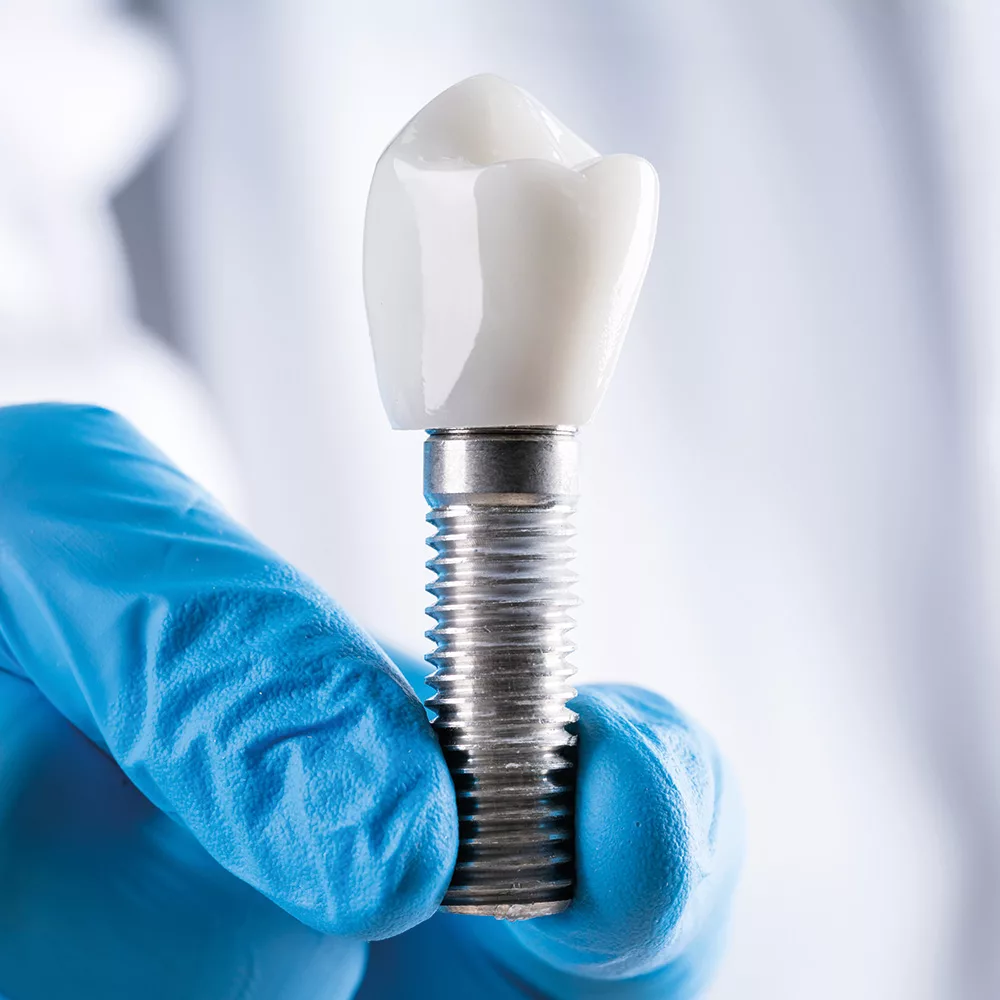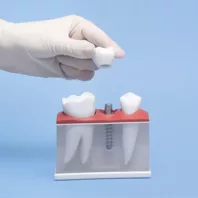What is the Procedure for Dental Implants?

What is the Procedure for Dental Implants?
The procedure for dental implants is a multi-stage process that involves precision, expertise, and a commitment to achieving lasting results. Here’s a step-by-step overview:
- Consultation and Evaluation:
– The journey begins with a comprehensive consultation where the dentist assesses the patient’s oral health, including the condition of the jawbone and surrounding tissues.
– X-rays and, in some cases, 3D imaging are utilized to gain a detailed understanding of the patient’s anatomy.
- Treatment Planning:
– Based on the evaluation, a personalized treatment plan is created. This plan considers the number of missing teeth, the quality of the jawbone, and the overall oral health of the patient.
– The dentist discusses the treatment plan, addressing any questions or concerns the patient may have.
- Implant Placement:
– The surgical phase involves placing the dental implant into the jawbone. The implant is typically made of biocompatible materials like titanium, promoting osseointegration.
– Osseointegration is a crucial process during which the implant fuses with the jawbone, providing a stable foundation for the eventual dental prosthesis.
- Abutment Placement:
– After osseointegration is successful, an abutment is attached to the implant. The abutment serves as a connector between the implant and the dental prosthesis.
- Prosthesis Attachment:
– The final step involves attaching the customized dental prosthesis, such as a crown, bridge, or denture, to the abutment.
– The prosthesis is crafted to match the color, shape, and size of the patient’s natural teeth, ensuring a seamless and natural appearance.
Are Dental Implants Worth It?
The question of whether dental implants are worth it is a common consideration for individuals exploring tooth replacement options. Several factors contribute to the perceived worth of dental implants:
- Longevity:
– Dental implants are renowned for their longevity. With proper care, they can last a lifetime, providing a permanent solution for missing teeth.
– Unlike traditional bridges or dentures that may require replacement every 10-15 years, the enduring nature of dental implants can be a significant factor in their perceived worth.
- Oral Health Benefits:
– Dental implants contribute to improved oral health by preventing bone loss in the jaw, a common consequence of missing teeth.
– They do not compromise the adjacent teeth, as is the case with dental bridges, which may require the alteration of healthy teeth.
- Natural Appearance and Function:
– Dental implants closely mimic natural teeth in both appearance and function. The customized prosthesis ensures a seamless integration with the existing teeth, enhancing aesthetics and restoring proper oral function.
- Psychological Well-being:
– The confidence that comes with a restored smile can positively impact an individual’s psychological well-being. Dental implants can boost self-esteem and the ability to enjoy life without concerns about missing teeth.
Are Dental Implants Safe?
Dental implants are considered a safe and well-established dental procedure with a high success rate. Several factors contribute to the safety of dental implants:
- Biocompatible Materials:
– Dental implants are typically made from biocompatible materials such as titanium. These materials have a long history of safe use in medical and dental applications.
- Minimal Risks:
– While all surgical procedures carry some level of risk, complications with dental implants are rare. The procedure has a success rate of over 95%, making it a reliable and safe choice for tooth replacement.
- Professional Expertise:
– The safety of dental implant procedures is greatly influenced by the expertise of the dental professionals performing the surgery. Choosing a qualified and experienced oral surgeon or periodontist ensures a higher likelihood of success and safety.
How Do Dental Implants Work?
Understanding how dental implants work involves recognizing their unique role in replicating natural teeth. Here’s a breakdown of the key elements:
- Artificial Tooth Root:
– The dental implant acts as an artificial tooth root, providing a stable foundation within the jawbone.
- Osseointegration:
– The implant undergoes osseointegration, a process where it fuses with the jawbone. This integration ensures the implant becomes a seamless and enduring part of the oral structure.
- Stability and Support:
– Once integrated, the implant offers stability and support for the abutment and the dental prosthesis. This stability allows for the effective functioning of the replacement tooth or teeth.
- Natural-Looking Prosthesis:
– The final dental prosthesis, whether it’s a crown, bridge, or denture, is customized to match the patient’s natural teeth. This ensures a cohesive and natural appearance within the smile.
Dental implants stand as a remarkable advancement in dental science, offering a reliable and permanent solution for individuals with missing teeth. The intricate procedure, the perceived worth of dental implants, their safety, and the way they function collectively contribute to their widespread success.
For those considering dental implants, consulting with a qualified and experienced dental professional is paramount. This ensures an accurate evaluation of individual suitability, a well-planned treatment approach, and the guidance needed to make informed decisions about the transformative journey to a restored and confident smile.
Latest News




























